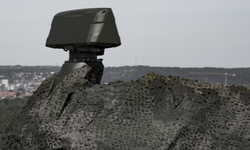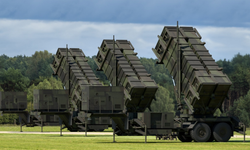The US Space Force has launched the Navigation Technology Satellite-3 (NTS-3), an experimental navigation system developed by L3Harris, from Cape Canaveral Space Force Station aboard a United Launch Alliance Vulcan rocket.
NTS-3 is the Department of Defense’s first experimental navigation satellite in nearly five decades and the first fully reprogrammable Positioning, Navigation and Timing (PNT) satellite. The system is designed to support operations in environments where GPS is denied or disrupted.
“The need for accurate and uninterrupted PNT has never been more essential to our warfighters who operate in GPS-denied environments,” said Ed Zoiss, President of Space and Airborne Systems at L3Harris. “The successful launch of the NTS-3 system is the first step in updating 20th century technology to help address current threats to our national security.”
According to L3Harris, the satellite was delivered on an accelerated schedule and at a lower cost compared to similar programs, using standardized form factors and interfaces. It is smaller and lighter than traditional PNT satellites and will operate at a higher altitude.
Once in orbit, NTS-3 will conduct a series of experiments aimed at shaping the future of US space-based navigation capabilities. Its payload technology is modular and scalable, enabling integration with different satellite platforms.
The launch also featured multiple L3Harris components on the Vulcan rocket, including RL10 engines, MR-107 thrusters, helium tanks, avionics controllers, data acquisition units and a T-740U Transmitter for vehicle control and data relay.











